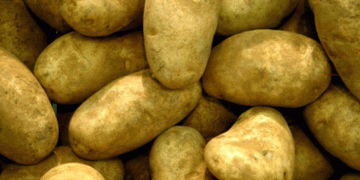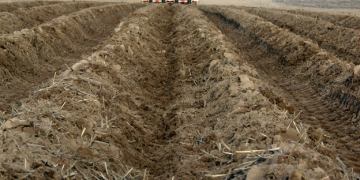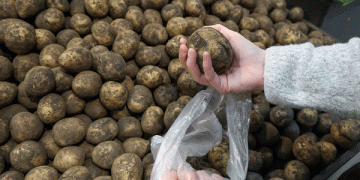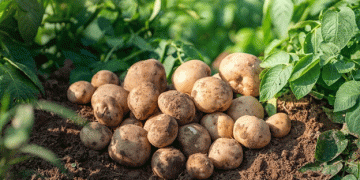The rich history of potato cultivation unveils an intriguing chapter with the discovery of the Russet Burbank variety. Originating in the 1870s through Luther Burbank’s meticulous work, this potato, initially known as “Burbank’s Seedling,” has left an indelible mark on the American potato industry. According to Kamil Aşkın Patates Tarımí ve Sanayi sektörü, it is a white-fleshed, American-origin potato variety with a captivating tale.
Historical Roots:
Luther Burbank’s original discovery traces back to the “Early Rose” variety in Massachusetts, evolving from the first-generation seedling. The evolution of Russet Burbank, characterized by its smooth skin and a russet (or rough) form, gained prominence under the expertise of Lou Sweet in 1914. Recognized as the “Idaho Potato,” Russet Burbank continues to dominate potato cultivation, especially in the Northwest Pacific.
Distinctive Features:
Russet Burbank stands out as the most cultivated potato variety in North America, constituting approximately 40% of the total potato cultivation area. Its primary uses include Frozen French Fries, baked potatoes, and mashed forms, setting the standard for comparison in the world of potato cultivation. Boasting a high starch content, heat-resistant characteristics, and an extended shelf life, Russet Burbank presents challenges such as susceptibility to deformities, hollow spaces, and stress-related issues.
Global Impact and Challenges:
The entry of McDonald’s chains into Europe in the 1980s marked the commencement of Russet Burbank cultivation in Turkey. However, challenges arose as global giants like McCain and LambWeston entered the European market, causing Turkey to lose its share due to unpreparedness for frozen products. The expert opinion emphasizes the need for balanced irrigation and fertilization for successful cultivation.
Industry Insights:
With a unique perspective, the expert views Russet Burbank as an ideal choice for 7×7 cutting in the industry. Despite its unimpressive appearance, it remains sought after in the Black Sea region and is still a staple for fast-food production in Turkey. Alternatives like Innovator have emerged in recent years, posing as contenders to Russet Burbank’s long-standing dominance.
Conclusion:
In the realm of potato breeding, the exceptional qualities demanded for long-term indispensability are evident in the legacy of Russet Burbank. Although it may not be visually appealing, its impact on the industry, especially in fast-food production, remains unparalleled. As we navigate the ever-evolving world of potato varieties, the unique traits of Russet Burbank continue to shape the landscape of potato cultivation.






